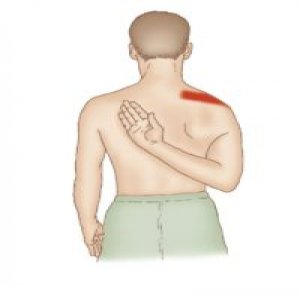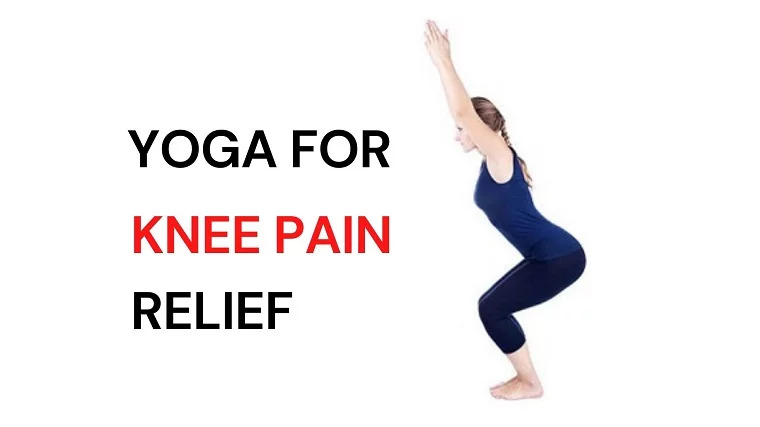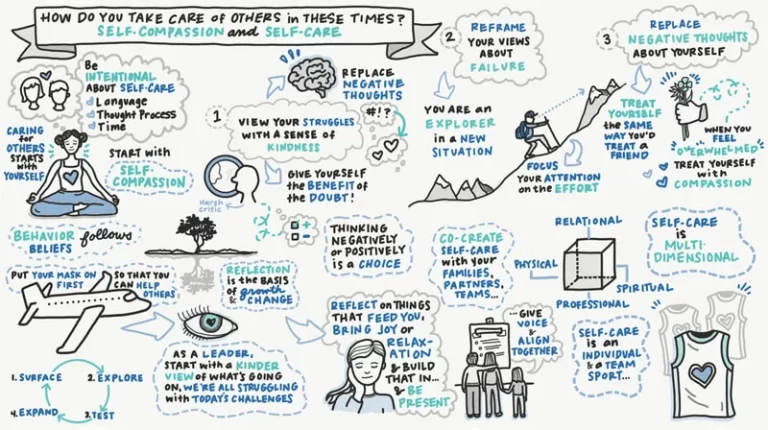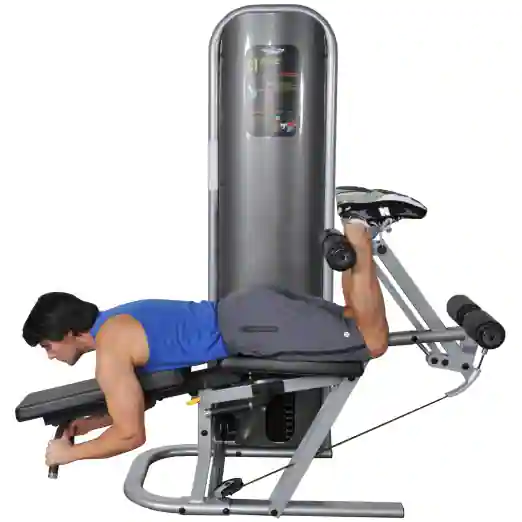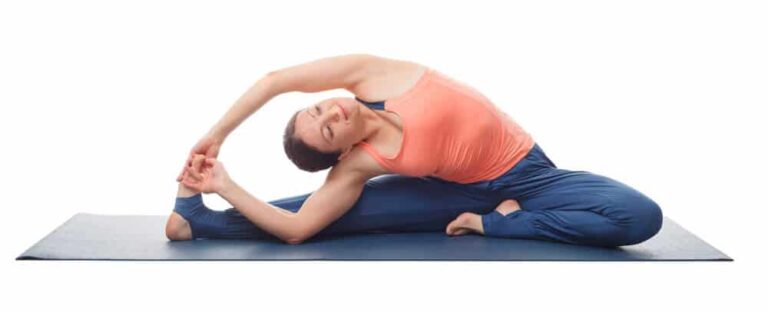Supraspinatus Stretch: Health Benefits and How to Do?
Supraspinatus stretch is a great exercise to improve the flexibility of your shoulder with other rotator cuff muscles, This stretching exercise has many health benefits and reduces the risk of injury during performing day-to-day activity.
What is Supraspinatus Stretch?
The supraspinatus is an upper back muscle that leads to shoulder abduction and stabilization. This is also one of the four shoulder muscles that form up the rotator cuff, helping to raise the arm away from the side of your body.
Your supraspinatus is a small muscle in your scapulae that can be the origin of a lot of pain if not taken care of.
When you work at an office desk every day or you play a shoulder-intensive sport like tennis, chances are tightened in your supraspinatus muscle, and in need of care.
Releasing the supraspinatus muscle can reduce shoulder pain that has to grow as a result of tightness.
The supraspinatus is responsible for abduction, internal and external rotation. It is highly susceptible to injury, particularly during movements that require repetitive overhead motion of the arm, such as swimming or painting. Poor flexibility in the supraspinatus is a risk factor for impingement syndrome, an overuse injury that results in tenderness, pain, swelling, and reduced range of motion.
What are the benefits of doing supraspinatus stretch?
There are certain benefits you can feel after doing stretch:
- It stabilizes the shoulder and upper back muscles
- Increases good blood circulation in that area
- Improves posture
- Decrease neck and head pain
- Increase range of motion of shoulder joint.
- Reduce tightness in the shoulder joint
- Improve the shoulder function
- Boost athletic performance
- Prevent shoulder injury
What are the types of supraspinatus stretching?
There are certain types of supraspinatus stretch:
- Single-side Stretch
- Double Shoulder Stretch
- Seated Stretch
- Pendulum Stretch
- Crossover arm stretch
- Seated Table Slides
Single-side Stretch
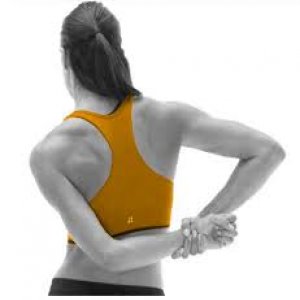
How to do – Stand straight with your arms hanging by your side.
Try to grab your left wrist with your right hand behind your back.
Use your left hand to grasp your wrist behind your back, while relaxing your neck and tilting your head to the right for added intensity.
Continue holding your wrist behind you and use your right hand to pull your wrist up to your back, keeping your left shoulder relaxed.
Hold it for 30 seconds and repeat 4 times before switching to the other sides.
Double Shoulder Stretch
How to do – Standing with an upright spine, stretch your left and right shoulders at the same time by placing your hands on your hips.
Your palms facing away from your body and your fingers pointing backwards.
Press the backs of your hands against the hips and gently move your elbows forward until you feel a stretch behind your shoulders.
Hold it 30 seconds before returning your elbows to the starting position and relaxing.
Repeat 4 times.
Seated Stretch
How to do – Take a sitting position on a stable chair with a firm surface.
Bend your left elbow at a 90-degree angle, position your arm in front of you with the underlying across your lower ribcage.
Send your right upper arm under your left upper arm and reach up with your right hand to grasp your left thumb.
Relax your left arm and shoulder, lightly pulling your left thumb toward the left, while rotating your left arm out.
Hold that stretching position for up to 30 seconds and relax.
Repeat up to 4 times before switching to your other side.
Pendulum Stretch
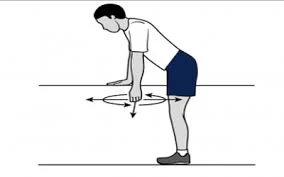
How to do – Take a standing position next to a table so that it is at your side.
With a straight back, bend forward at the waist.
Let your right elbow and forearm support you on the table.
Let your left arm hang straight down from the shoulder joint, loosely and limply.
Slowly move your left arm forward and back, so that it swings like the pendulum of a grandfather clock.
Then, change the motion to side to side
Next, go around 3 times or more, and switch directions.
Repeat on the right side.
Crossover arm stretch
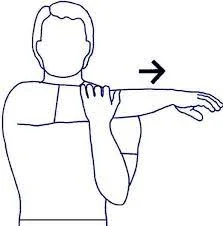
How to do – You can perform this stretch sitting or standing position. The main thing is you keep your posture upright and straight, to target the supraspinatus successfully.
Raise your left arm in front of you to shoulder height, so that it is parallel to the floor.
Cross the extended arm over your chest and use your left arm to hold it in place.
You can feel a stretch in your posterior deltoid and supraspinatus, at the back of your shoulder joint.
Hold it up to 30 seconds.
Bend the elbow of the left arm that’s stretched across your body, so that you feel an isolated stretch in your supraspinatus.
The further you pull your arm toward your body, the deeper you will feel a stretch.
Repeat the stretches on the right shoulder.
Seated Table Slides
How to do – Take a sitting position in a chair at a table with a towel in front of you.
Put your hands on a towel, with your palms facing towards the table. You can perform one arm at a time or both arms at the same time.
Flex forward at the waist and push the towel as far as on the table, allowing it to slide along the table as you flex into a deeper stretch.
Once you feel a perfect stretch in your shoulders, hold it for 20 – 30 seconds before sliding back up to your starting position.
Repeat for 4 more repetitions.
What shouldn’t you do during the supraspinatus stretch?
There are certain things you won’t do during stretch:
- Don’t stretch too much which causes injury or damage to other body parts.
- Don’t perform extra repetitions, it should be recommended times only.
- If you have prior pain or injury, you can’t perform stretching.
- When you feel discomfort or pain while stretching, stop immediately.
- Don’t perform so many stretches at a time that makes your muscles fatigued.
Safety and Precautions
If you feel any pain, numbness, or pinching while performing any of these stretches, stop and cut out of the stretch you’re doing.
Make sure to breathe deeply and evenly while also relaxing your neck, face, and shoulder muscles.

